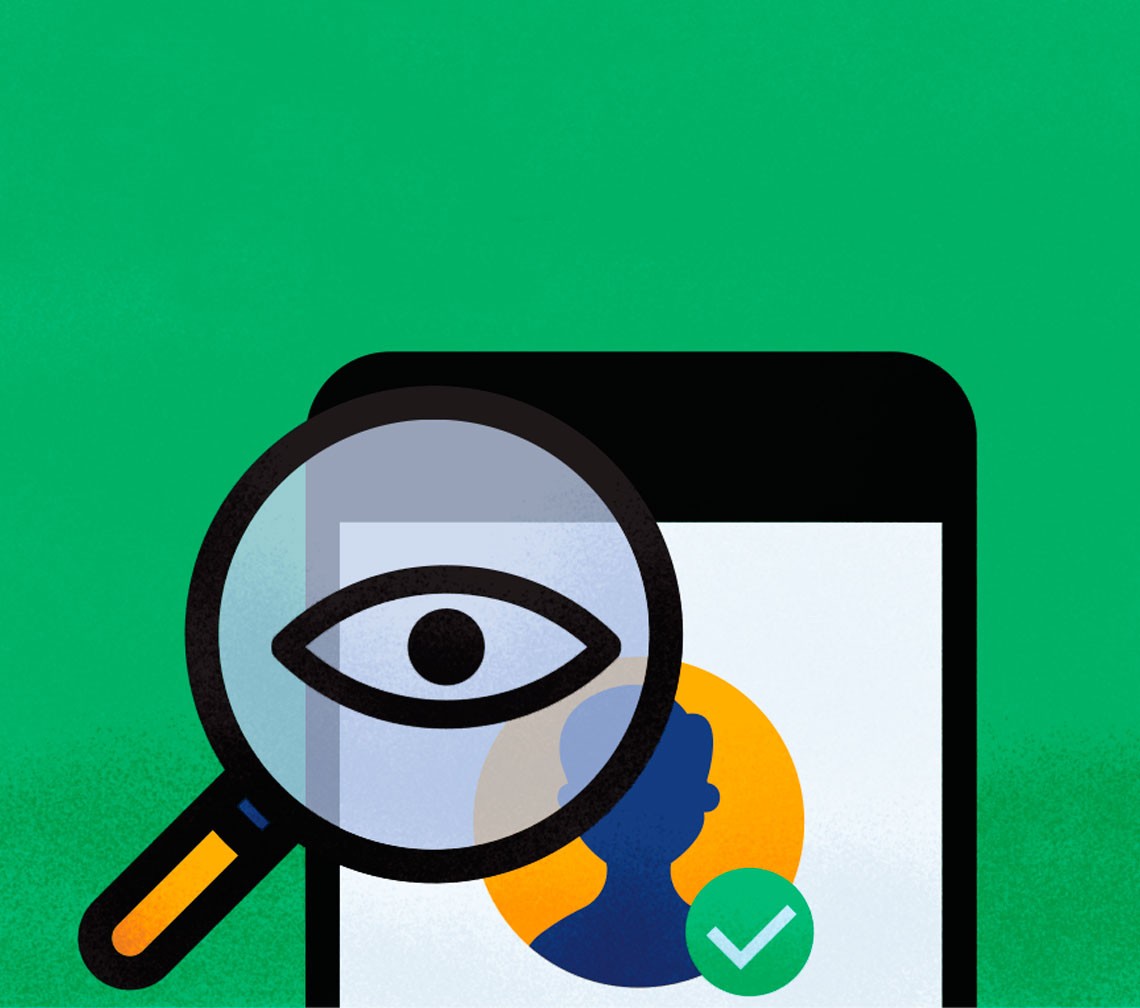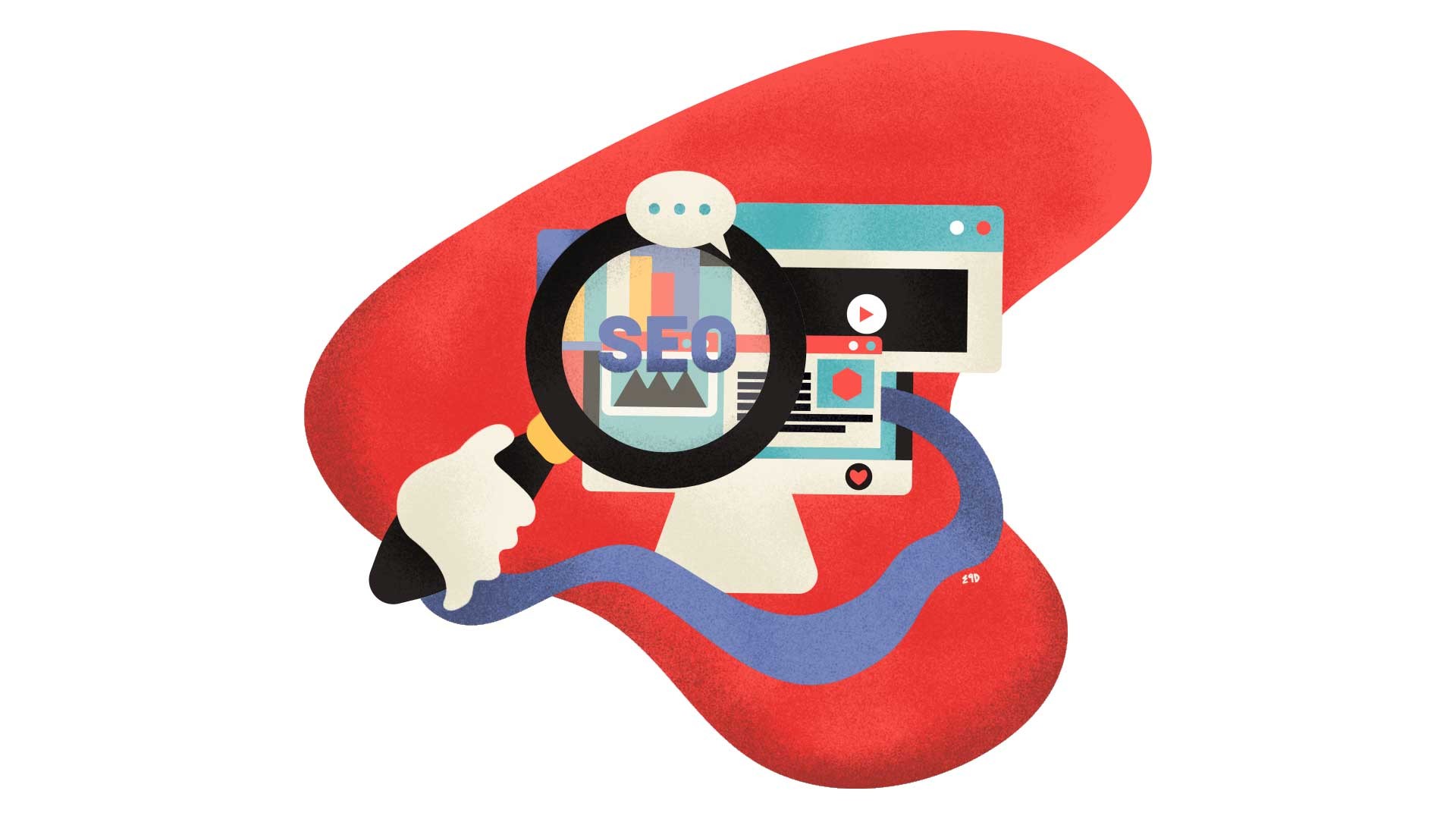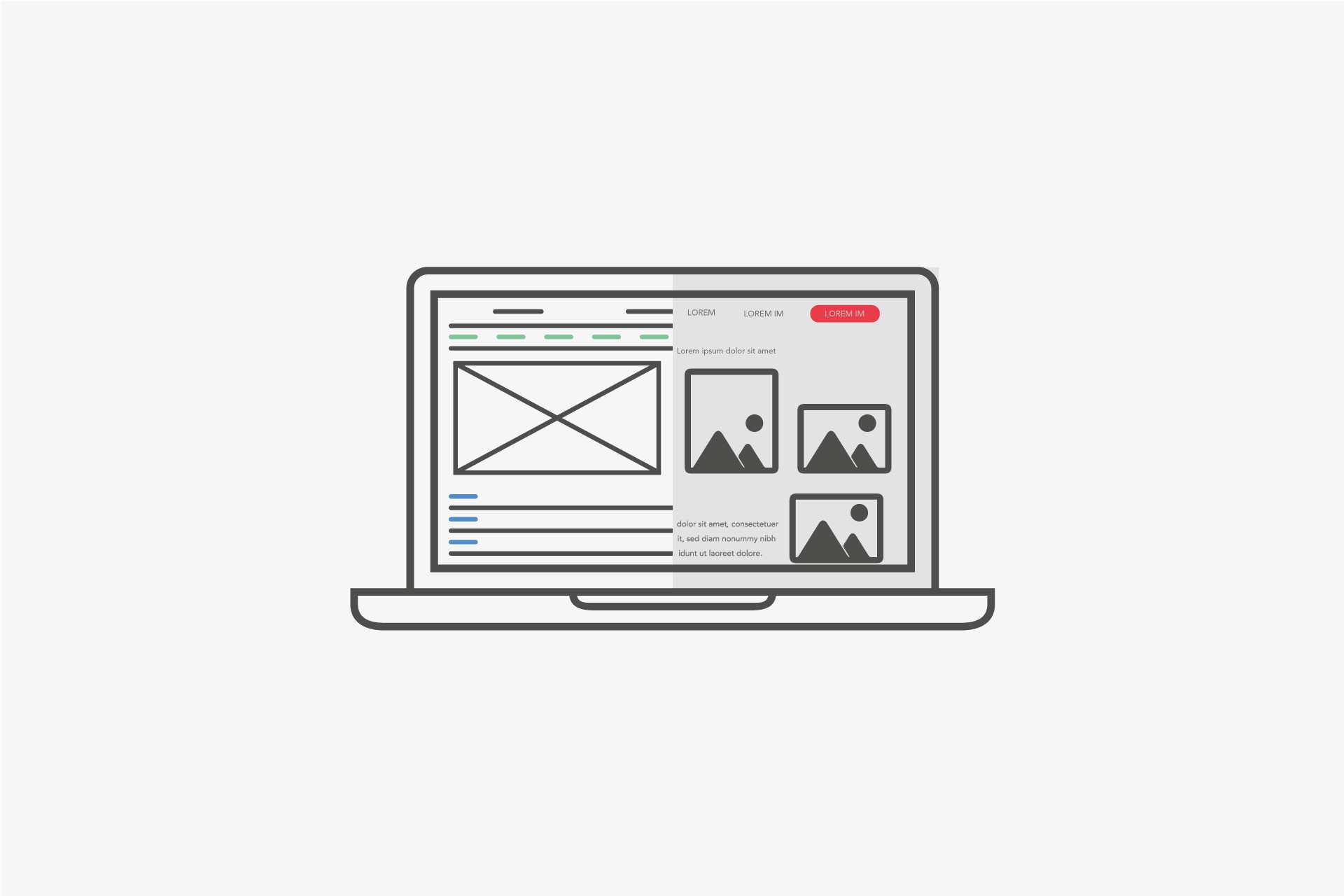Articles
How does SEO change in 2021 after Google's Core Update?
We review how SEO work changed after Google's Core Update in December 2020.
Ulises Silva | 11 Feb 2021
UI / UX design What is it and what is the importance of a design system?
Learn the importance of design systems and the importance of UI and UX design from Axovia!
Axovia | 11 Nov 2022
Intelligent reporting in the hospitality industry with Data Studio
Did you know that the report is a key piece of your work, no matter what sector your company or business is aimed at, it will always be necessary to have a tool that allows you to establish the results of your kpi's?
Axovia | 20 Nov 2022



